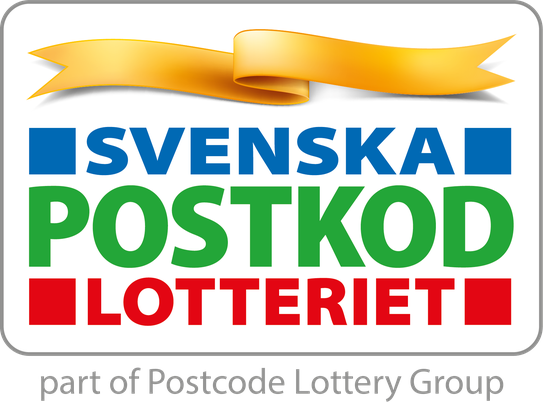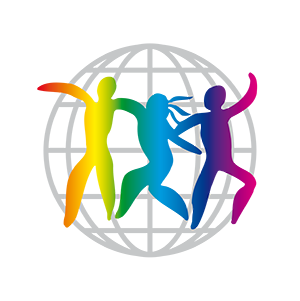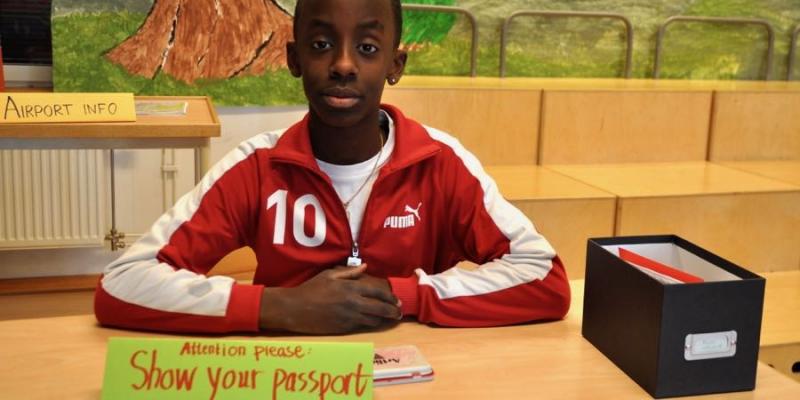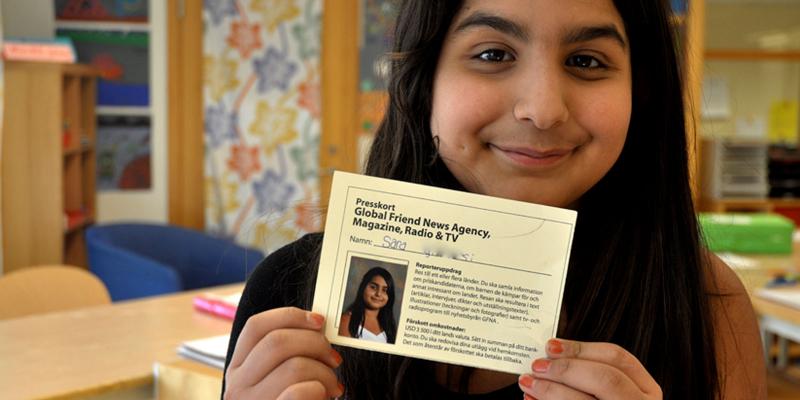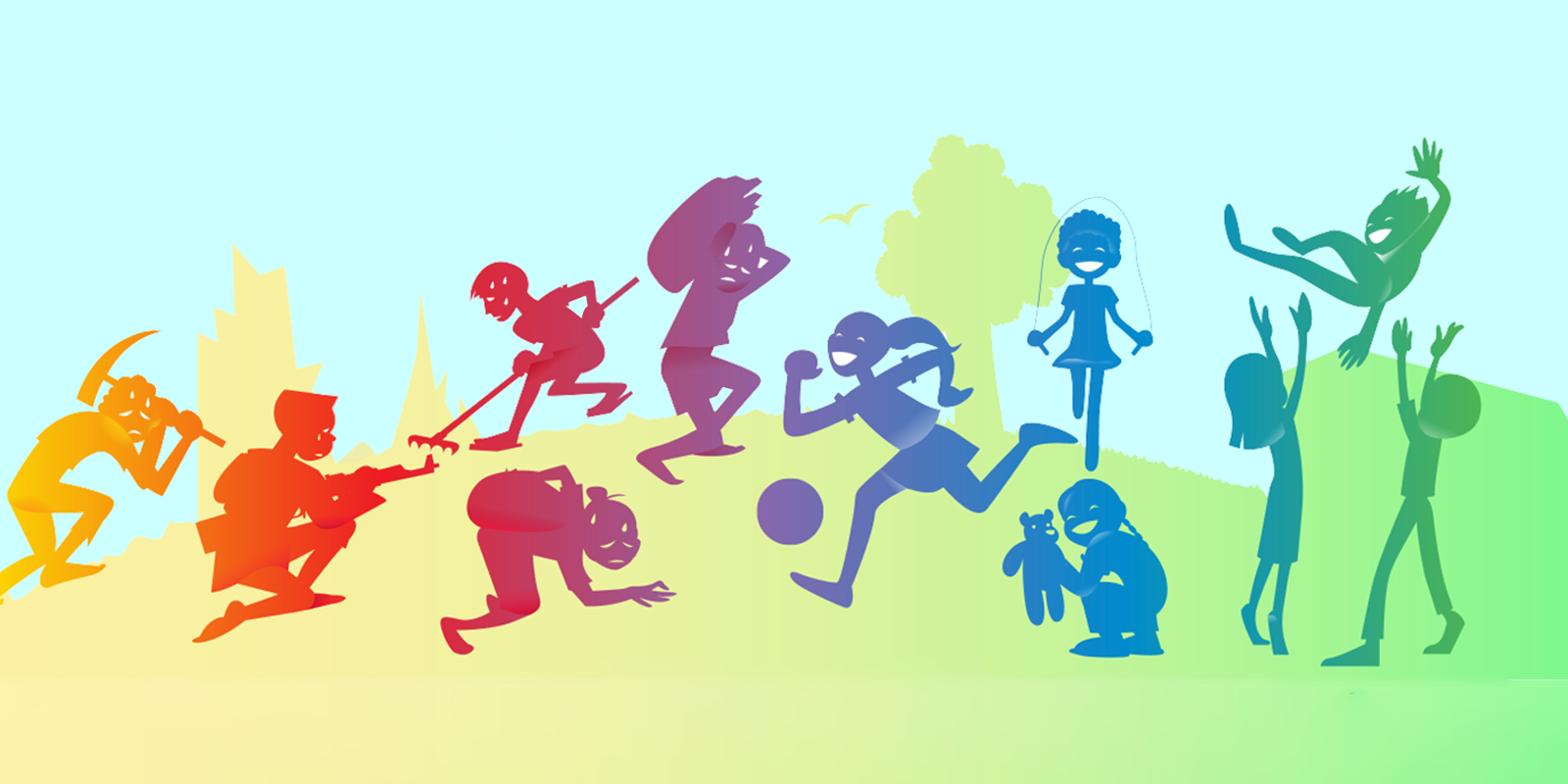
 Materials
Materials
> Teaching method
Simulations
Simulations are a way of presenting courses and class work in the form of assignments which are similar to those which people face in real-life situations. Simulations are used in order to bring assignments closer to reality, giving new insights and a deeper understanding of different issues.
Not least, simulations are used in schools to make the work interesting and exciting for the students. Each individual becomes a part of something bigger through simulations and role play. The students work together to solve real-life problems and reach a common goal.
Integration
Wherever possible, we try to involve all the subjects in the school in the simulated journey. By integrating the journey into different subjects, the students have the opportunity to discover the connections between different subjects - just as they do in real life. For example:
• We need maths to be able to manage our finances, work out time differences, exchange currency and read timetables.
• We use statistics to illustrate issues relating to child rights, population and the environment.
• We use language to fill in important documents, understand instructions and communicate with others.
• We use our knowledge of a country’s form of government, climate, geography, culture and currency to help us plan a trip to that country.
Just like in real life, science helps us throw some light on history and current affairs, and in this way we can understand the developments in a region or a country. We need to be able to read to learn about the world in which we live, but in order to really understand we also need to be able to interpret other people's lives and the things that happen to them, by putting ourselves in their place.
Cooperative learning
Throughout our lives we need tools to help us understand, communicate with, listen to and cooperate with other people, in order to achieve results. This applies as much to school work as to employment.
The teaching of methods of cooperation should therefore be prioritised in school education. Cooperative learning is a conscious approach using specially designed group exercises, where each group member has their own role and responsibility. The students practice seeing other people as valuable resources, respecting others, and integrating different viewpoints into a shared project. Group cooperation aims to increase each individual’s capacity to respect and empathise with others, and to understand others' point of view. It also reinforces the individual’s ability to formulate their own thoughts and make joint decisions as part of a group or team.
For students, cooperative learning involves working together in small groups in order to reach common goals. This group work paves the way for a ‘community of learning’ and moves the teaching focus from being teacher-centred to emphasising methods where the students are active.
The composition of the group is of crucial importance to the results of their work. Groups that work together for a relatively long period should be put together by the teacher. Guidelines include the following:
• the group should be heterogeneous,
• every group should have a good leader and
• consist of students with different skills.
The group needs to stay together throughout the assignment, but the members should swap roles as the work progresses so that each member gets to try out different areas of responsibility. It is this division of roles which makes cooperative learning different from traditional group work. All participants are expected to be active; they gain insight into each other's viewpoints, and they learn to cooperate.
A good size of group is four people. If the group has less than four members, some people can take on more than one role, and if there are five in the group you can add a new role.
Before tackling the more demanding tasks that form part of the simulated journey, it’s important to build up the cohesion and identity of the group. The feeling that the group members have a common goal to work towards is important. That’s why we start with simple exercises, the main aim of which is to strengthen group cooperation.
Related stories
Långgatan 13, 647 30, Mariefred, Sweden
Phone: +46-159-129 00 info@worldschildrensprize.org
© 2020 World’s Children’s Prize Foundation. All rights reserved. WORLD'S CHILDREN'S PRIZE®, the Foundation's logo, WORLD'S CHILDREN'S PRIZE FOR THE RIGHTS OF THE CHILD®, WORLD'S CHILDREN'S PARLIAMENT®, WORLD'S CHILDREN'S OMBUDSMAN®, WORLD'S CHILDREN'S PRESS CONFERENCE® and YOU ME EQUAL RIGHTS are service marks of the Foundation.
